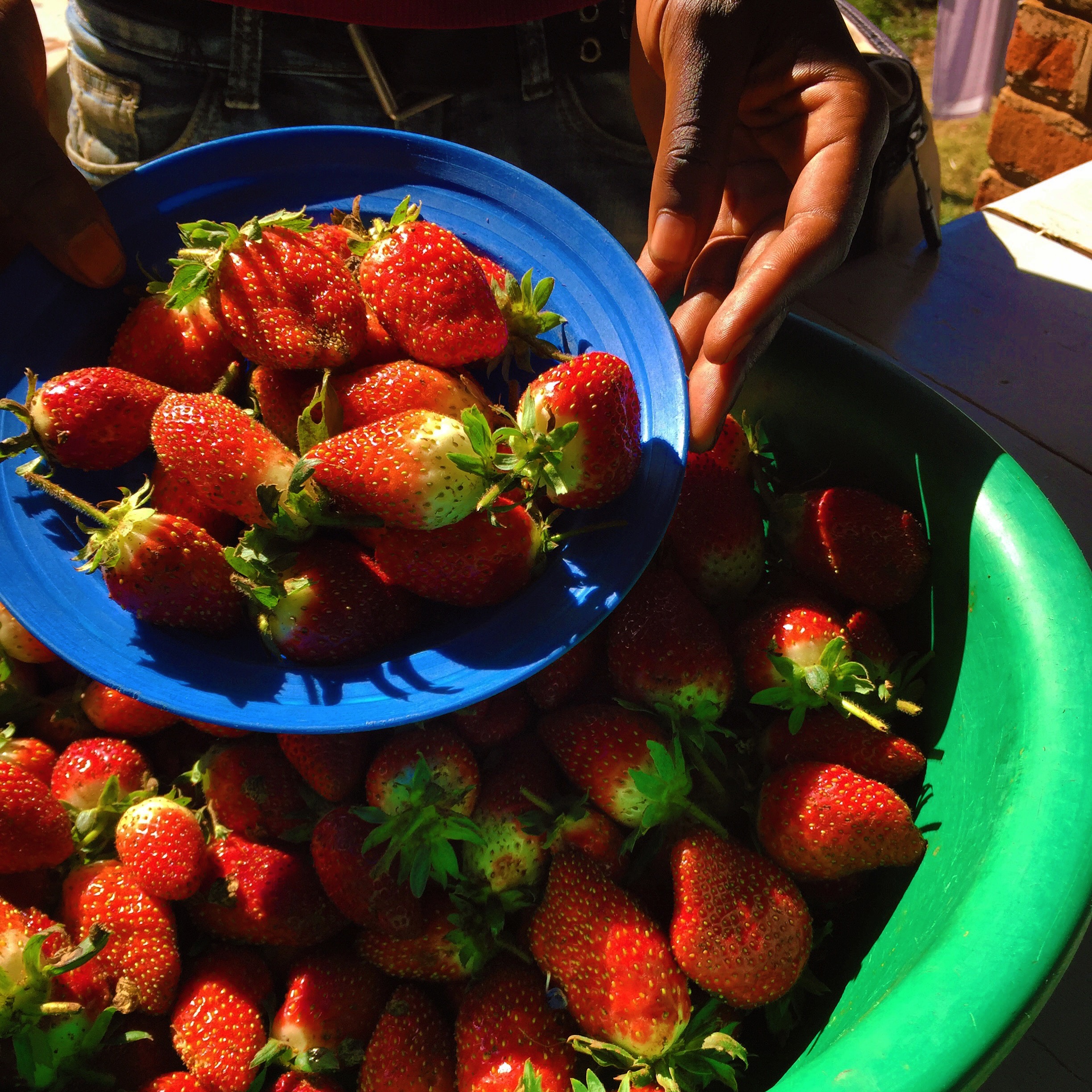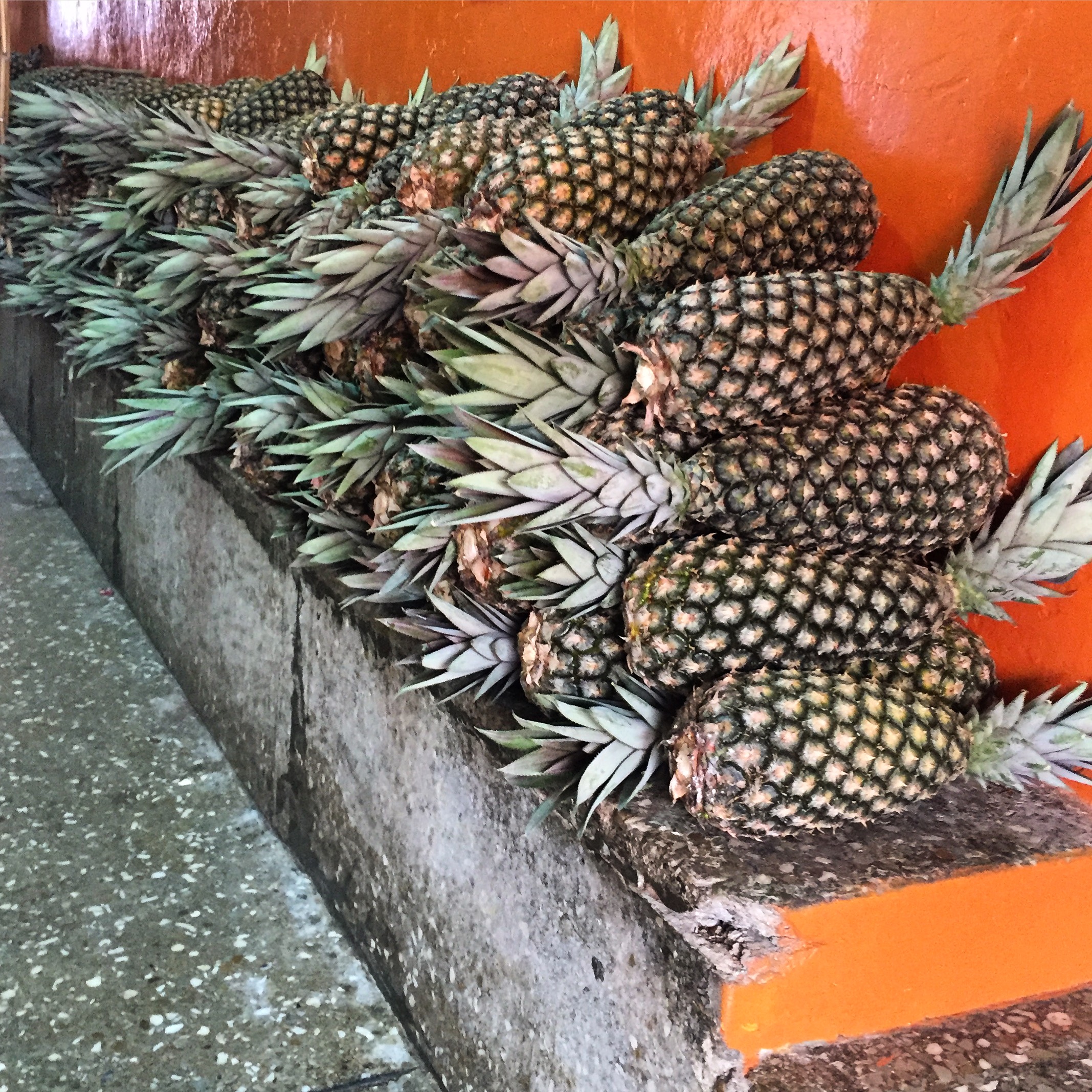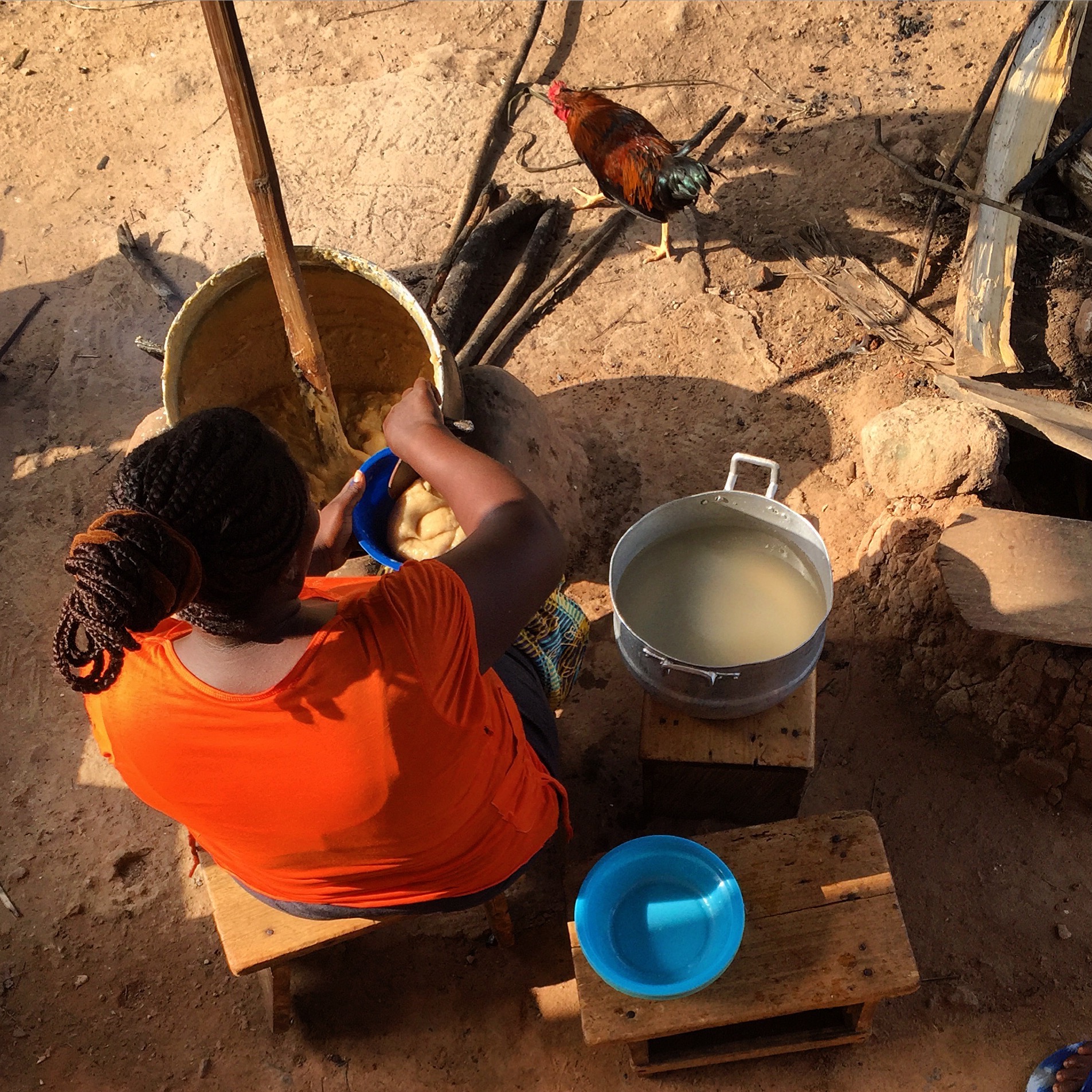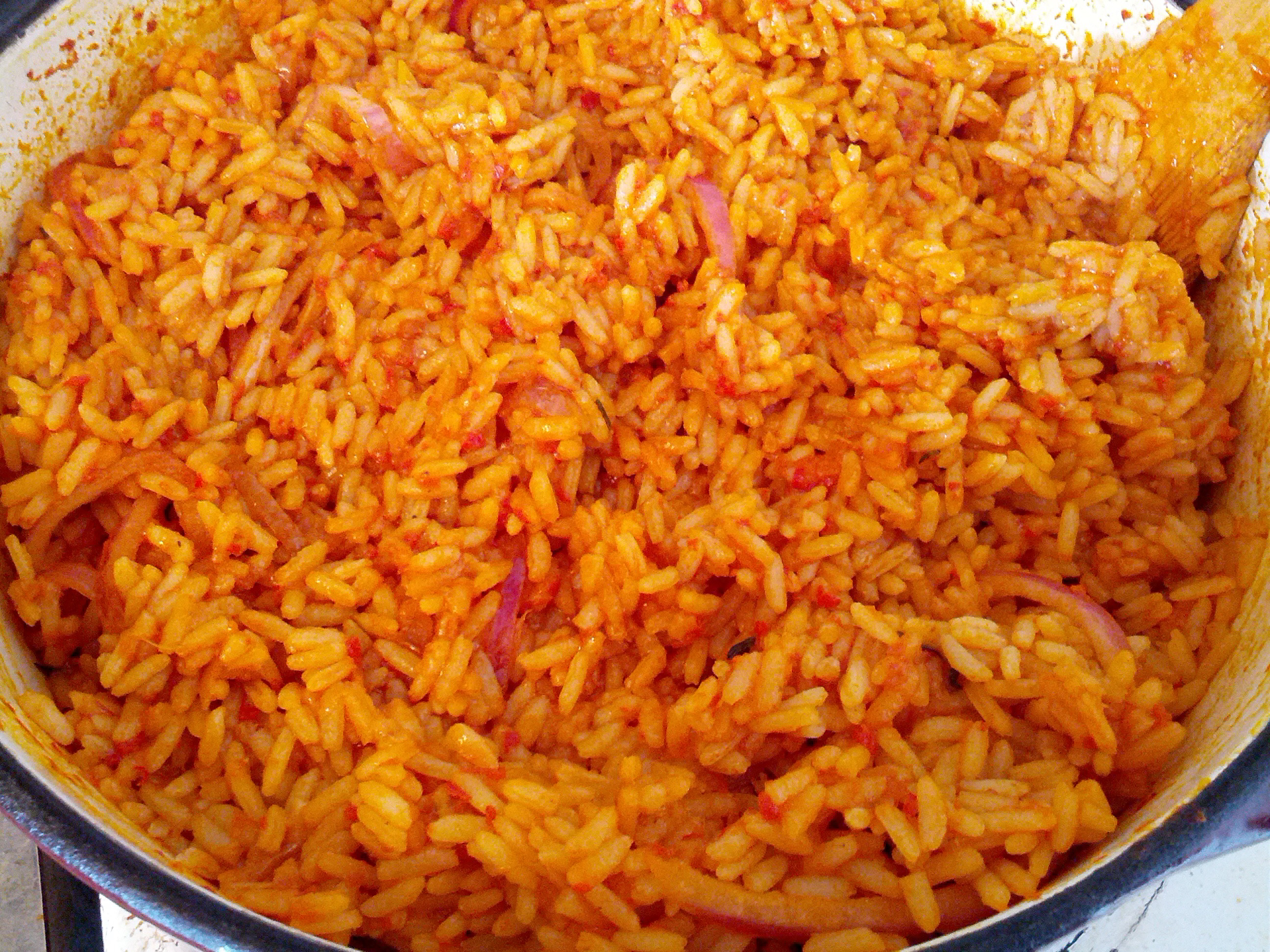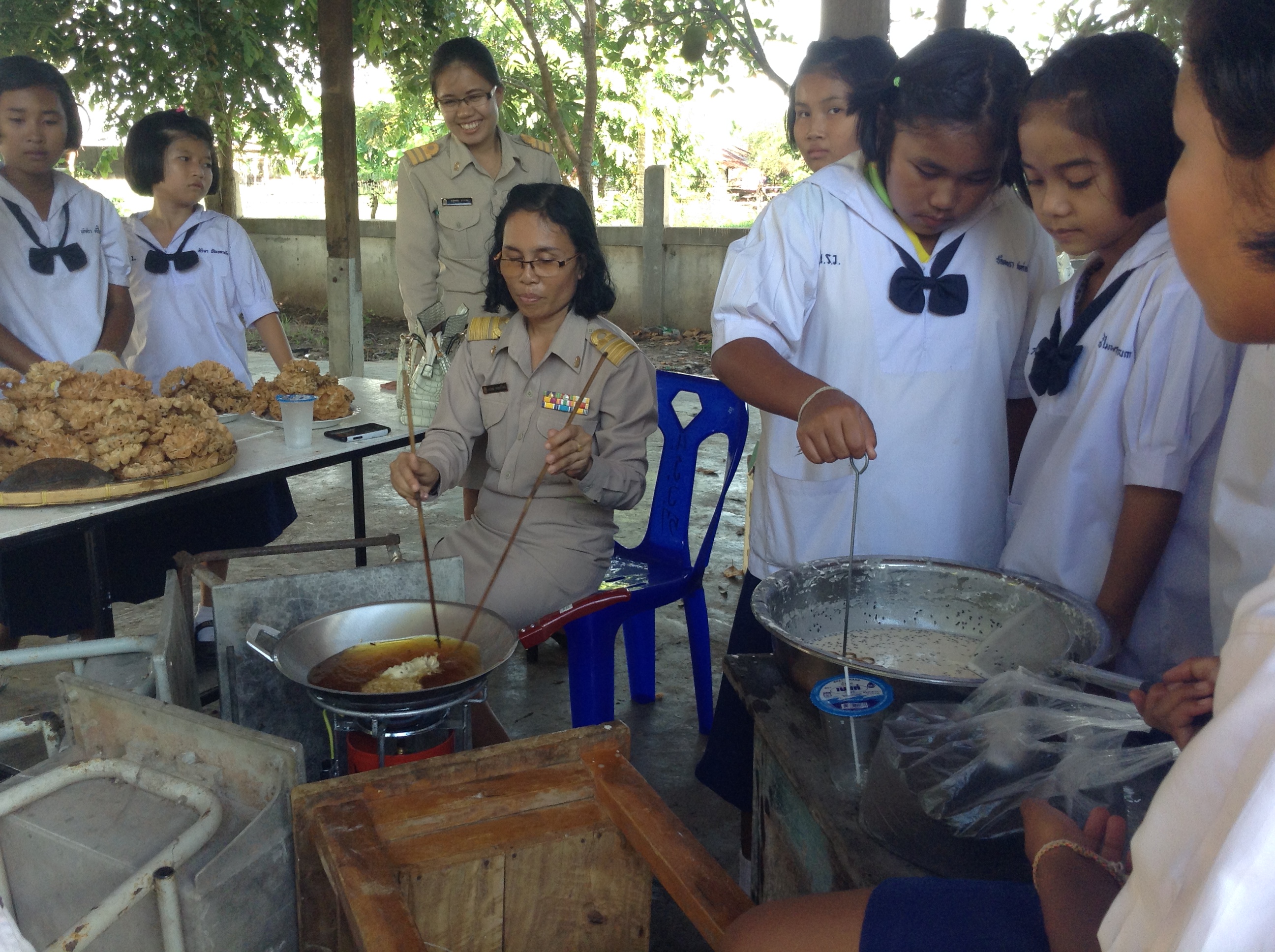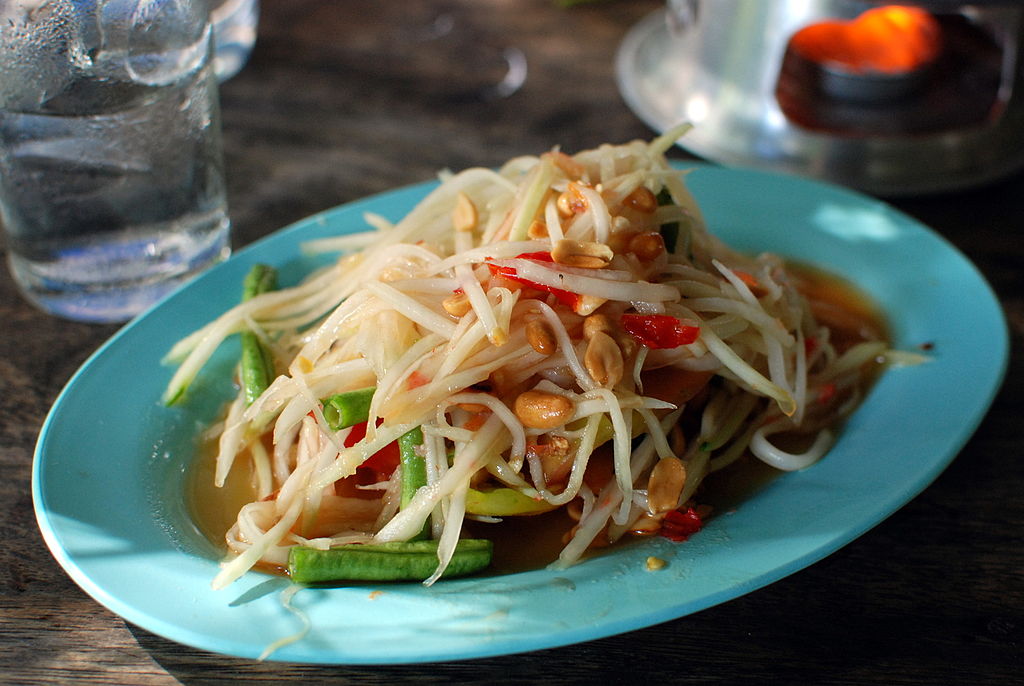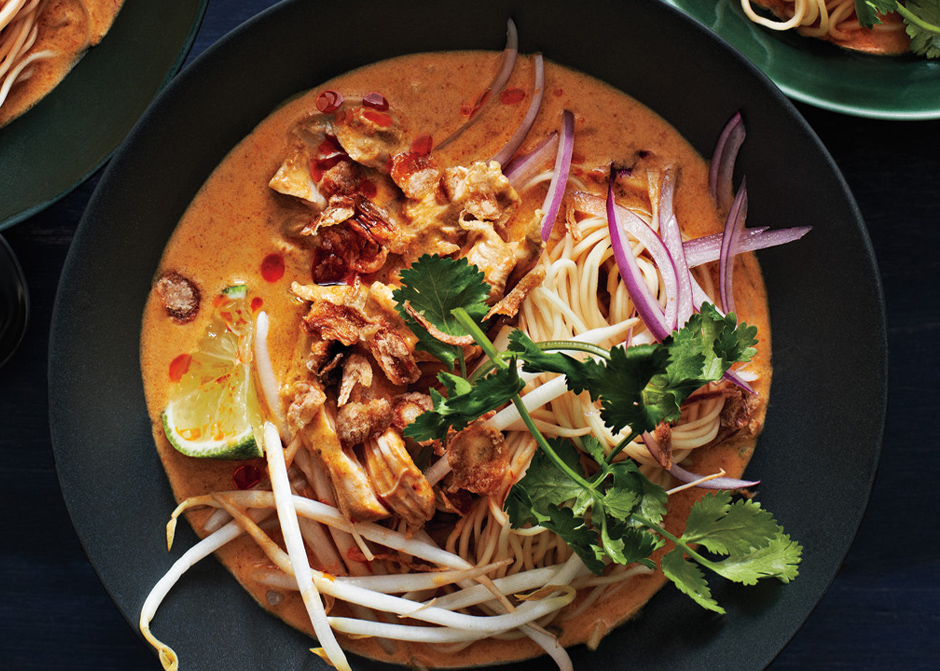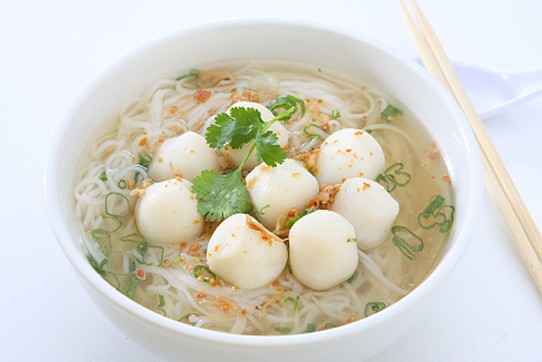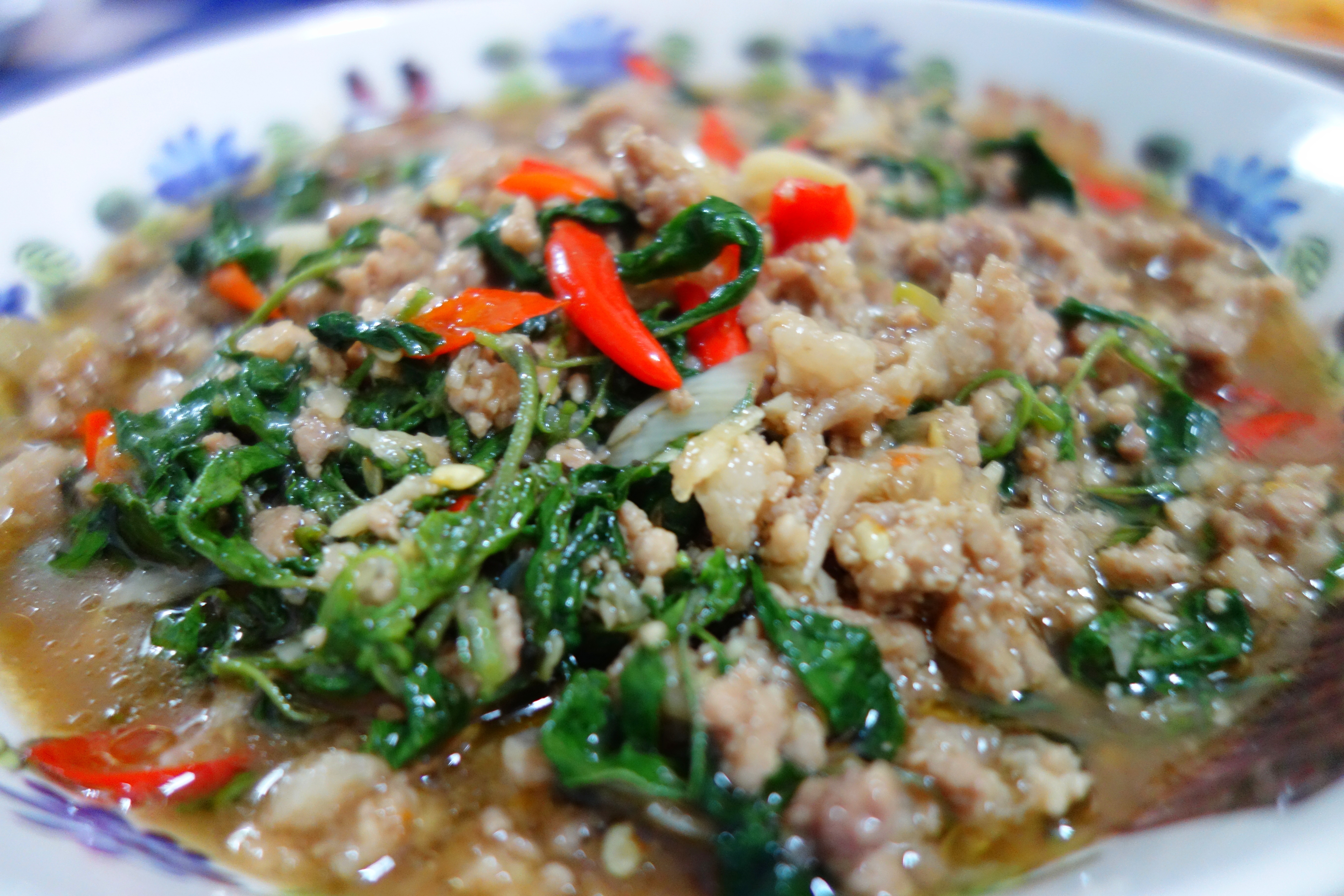Big news! I’ve recently accepted a new position that will be taking me to a new country and part of the world. I will be a working at Art and Global Health Center Africa as a Communications and Resource Mobilization Officer, as one half of a Global Health Corps fellow pair. Next month, I’ll be moving to Zomba, Malawi and per usual, I’ve done a bit of research about my soon to be new home. Here are three things I’m really looking forward to in Zomba.
Tag: food
The Top 4 Crops of Ghana and their Importance
“Agriculture not only gives riches to a nation, but the only riches she can call her own.” – Samuel Johnson
I think one of the best ways to try to gain an understanding of a country is to understand what are their top crops. Knowing what a country grows and can export can tell you a lot about the culture, such as what foods are important within the country and what is valued by other countries.
Ghana recently celebrated Farmers’ Day, so I thought I’d take a look at the top crops of Ghana.
Living in Ghana: A How-To Guide
No matter what country you consider yourself from originally, moving to a new country comes with learning a whole new way of doing things. Here in Ghana, that can mean learning a whole new way of getting around town, getting around the country, getting new clothes and even how to eat.
4 Staple Starches of Ghanaian Cuisine
One thing that most cultures have is a staple food — something that is eaten with every meal. In many Asian countries, including Thailand, it’s rice. In Ghana, there are a couple of different versions of the staple, but they are all essentially a pounded starch mixed with a bit of water to make a kind of dough that is then dipped or dunked in soups and sauces or pinched with fish and meat.
West Africa’s Famous Dish, Jollof Rice: a Recipe
Last weekend, two of my new co-workers came over to the house, which I currently share with the woman who I am replacing, and the four of us took part in a time-honored, cross-cultural tradition of sharing food and recipes.
We taught each other how to make a couple of dishes that we enjoyed from our respective cultures and I got to know a couple of the people that I will be working with in a more informal setting, which was really nice.
6 Things I Didn’t Get to Do in Thailand
Two years is a long time. It’s also not enough time. When you are staring down the barrel of a two-year commitment, it’s daunting and difficult to imagine. On the back end, you start wishing for more time and thinking of all the things you didn’t get to do. So I present to you, a list of six things that I didn’t get a chance to do in Thailand, that I hope I will have the chance to return to do.
more “6 Things I Didn’t Get to Do in Thailand”
Thai Food: Som Dtam, Spicy Papaya Salad
Way back, two years ago, when I found out I was going to be spending my service in Northeastern Thailand, my host family from training took me out to a ส้มตำ (som dtam) restaurant and ordered a couple different kinds of this spicy papaya salad and told me, “People in Isaan eat this a lot.”
They were right (it’s on the lunch table at school every day), and they introduced me to one of my favorite Thai foods. Som dtam is a spicy salad made with shredded, green papaya. It literally means “sour pounded,” which makes sense considering the unripe papaya is kind of sour and to make it, you pound up all the ingredients with a pestle and mortar.
There are so many different kinds of som dtam, with a variety of regional specialties (Isaan-style includes fermented fish and rice-paddy crabs) and even one made with a bunch of different kinds of fruit. I’m going to share a recipe on how to make my favorite version: som dtam Thai.
Thai Food: Khao Soi, Curry Noodle Soup
Despite what is pushed as a singular Thai identity, Thailand is full of diversity, which becomes even more pronounced when looking at the various regional dishes.
One dish that is specific to Northern Thailand is ข้าวซอย (khao soi), which is like a noodle-soup with curried broth that also includes coconut milk and is topped with deep fried egg noodles. Khao soi is similar to a dish that is featured in the cuisine of the Shan people of Burma and is also eaten in Northern Laos. Khao soi literally means “cut rice,” referring to the way the noodles are prepared – by steaming a large sheet of rice noodle and then cutting with scissors.
This dish is not typically served at Thai restaurants outside of Thailand, so if you are looking for a flavor of Thailand that you may have never had before, click inside for a recipe.
Thai Food: Guoi Dtiao, Chinese-Thai Noodles
ก๋วยเตี๋ยว (guoi dtiao) is one of the most ubiquitous street foods in Thailand and is a kind of noodle soup. It’s probably one of the most customizable Thai dishes out there, from start to finish. You get to choose the noodle size, whether you want broth or not, the kind of broth and the meat. Plus, at the table you can add flavorings to your bowl as you like it.
Guoi dtiao is a dish that is Chinese influenced, as so it is one of the rare things in Thailand that you eat with chopsticks (there’s also an Asian-style spoon for the broth). This dish is pretty strictly eaten at street stands, and so rather than give you a recipe for guoi dtiao, I’ll give you the steps to ordering your own bowl.
Thai Food: Pad Ga-Prao, Spicy Fried Basil
This dish is one that is found in nearly every restaurant in Thailand, is simple and filling. It’s called ผัดกะเพรา (pad ga-prao), and literally means stir fried basil. It’s made with any variety of available meat – usually chicken or pork – but I’ve personally had it made with tofu and fried egg as well.
The basil is not your ordinary Western basil, but rather, Thai holy basil. There are quite a few varieties of basil in Thailand (holy basil, hairy basil, sweet basil), and Thai holy basil can be kind of difficult to find outside of Thailand, so sometimes Thai sweet basil is substituted instead, but it doesn’t quite have the same flavor. Click inside to learn how to make your own ผัดกะเพรา.

